Sign up here to subscribe to the Grower2grower Ezine. Every two weeks you will receive new articles, specific to the protected cropping industry, informing you of industry news and events straight to your inbox.
Jul 2019
Managing Honeybee Foraging in Enclosed Conditions
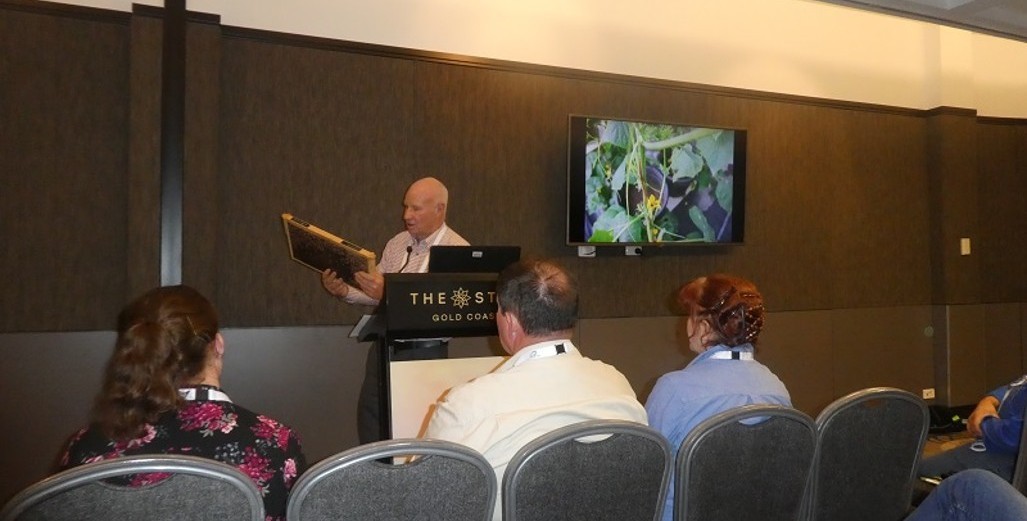
Being as inquisitive as I am, whilst at fieldays last month, I asked two scientists, from the Manuka honey industry, about the possibility of producing pure, or non-contaminated, Manuka honey from nectar taken from manuka plants that were in an enclosed greenhouse environment. The answer was probably no. The reason being, as I had suspected, the capital cost of building a structure versus the return of investment, which is a given in regards to erecting any greenhouse. The second reason, and most important one, was that honey bees don’t work in a greenhouse environment.
However, I wanted to know if it was possible, what quantity of manuka honey would potentially be collected, per ha, in a controlled environment and if this was the highest-grade honey you could get in the world what would the value be? A couple of points for consideration is the irrigation and the control you would have. If you control the irrigation to the plant you possibly have the best chance (I would think) of producing high quality nectar. The size of the greenhouse structure is also a consideration as I will explain shortly.
With my ‘out of the box’ idea I decided to leave it as a ‘oh well time to move on’ until I noticed, on the PCA conference speaker list, a session hosted by Bruce White, a retired honey bee guru in regards to ‘managing honeybee foraging in enclosed conditions. And blow me down, it can be done!!
Please read the abstract from the conference below but first this is what I discovered;
- Honey bees can adapt to enclosed conditions.
- Honey bees need to be placed in the greenhouse during the day (see extract for explanation)
- Honey bees communicate with each other by dancing and need ultra violet light to navigate.
- Honey bees need a regular source of water.
- You need a set number of frames per hive.
- The bee hive temperature is optimal at 34 degrees. If it is cooler the bees will use the honey, they have collected and processed, to keep themselves warm!
Bruce stated the plastic of the greenhouse needs to be composed, so it doesn’t prevent UV light penetrating, or the sides of the greenhouse have to be netted, allowing ultra violet rays in so the bees can still navigate. To work the greenhouse roof would have no venting, or it needs nets on the vents, to stop bees escaping (which could be expensive) or you build narrow long structures that allow you to have side nets but allow for good air flow and to reduce the temperature of the greenhouse from becoming too high during the months the nectar is harvested.
Now please don’t go and build a massive greenhouse to put Manuka honey plants in on the basis of this article alone, but I think at the very least this should be discussed amongst the honey industry. Perhaps this is a perfect case study for a University student to consider? Honey is a huge industry, one not to be ignored, the highest quality, purest manuka honey is worth mega-dollars.
If you want to know more about this topic or would like to make contact with Bruce please send me your details, I will forward your details on. Bruce’s presentation was one of the most intriguing and fascinating, his experience speaks volumes.
Abstract:
The honey bee is a great pollinator and was mainly introduced into Australia in1822 to pollinate the European crops the early settlers bought into the country.
On the same field trip honey bees visit the same plant species but can fly up to five kilometres from their hive.
With management, colonies can be placed into enclosed conditions and the worker bees forage normally by moving the colonies into the enclosed conditions during the day when most of the field bees are in the field.
Honeybee colonies adjust to conditions and the worker bees adjust the work they carry out to meet the colony needs, so if the original field bees are not present when the hive is moved into the enclosed conditions in day time other bees become field bees to pollinate the target crop in the enclosed area. Furthermore, they adjust to the enclosed area and don’t try to fly further instead work on the crop in the enclosed area, where as field bees that had foraged outside an enclosed area try to escape and die as a result trying to escape.
Management of brood, the development stage of the bees is important in enclosed conditions so with management, brood can be added to the colonies so the bees hatch in the enclosed area and when they become field bees it is the only conditions they know
As a general rule worker bees live six to eight weeks, spend three weeks in the hive and the rest in the field from the time the queen lays the egg the worker bee hatches within twenty one days
Biography:
Bruce White OAM
Bruce had an interest in beekeeping while still at Primary school and my parents let me keep a glass sided bee hive in my bedroom.
After graduating from Hawkesbury Agricultural College Bruce joined NSW Department of Primary Industries retiring as Technical Specialist Apiculture after 41 years’ service then co-writing the Certificate III in Beekeeping units.
Bruce is an international honey judge and the 2018 Sydney Royal Easter Show Legend in recognition for outstanding service. Bruce managed the Australian Honeybee Quarantine Station at Eastern Cree for over twenty years where all imported queen bees are held in flight cages so familiar with managing honeybee foraging in enclosed enclosures.
I appreciate your comments. Please feel free to comment below or on the grower2grower Facebook page:
https://www.facebook.com/StefanGrower2grower/
Article Written by Stefan Vogrincic, Consultant, Grower2Grower
Article Edited by Marie Vogrincic, Editor, Grower2Grower
CLASSIFIED
Subscribe to our E-Zine
More
From This Category
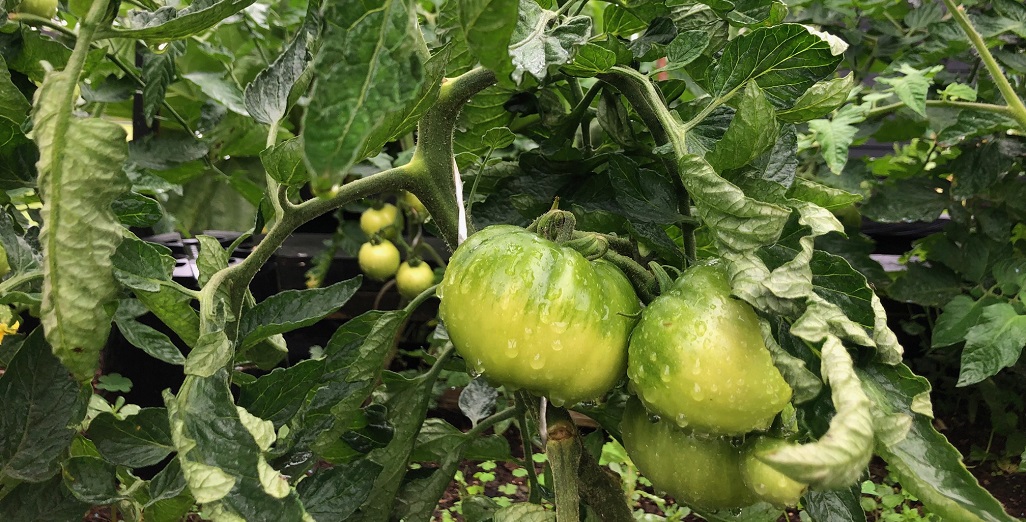
Greenhouse Production in the Future – Mike Nichols
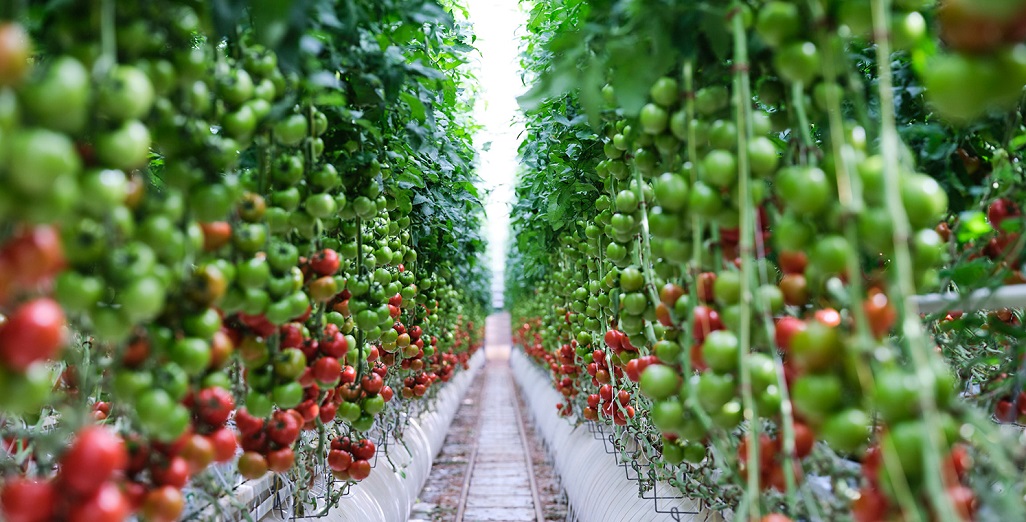
Industry spearheads adoption of labour-saving tech with $52M boost (Australia)
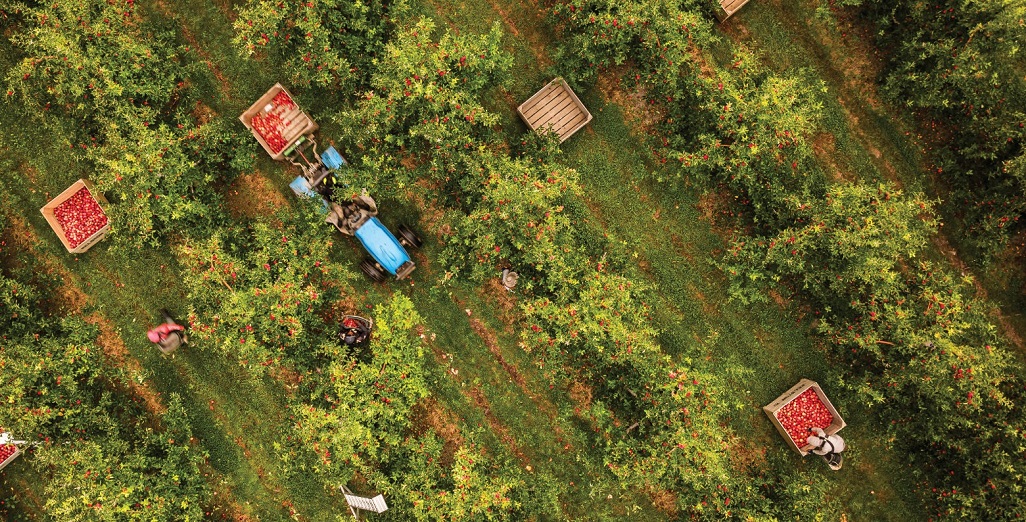
a1 Apple Website Launched to Complement Brand Refresh
(Video of session now available) Excellent online webinar hosted by De Ruiter/Bayer Australia
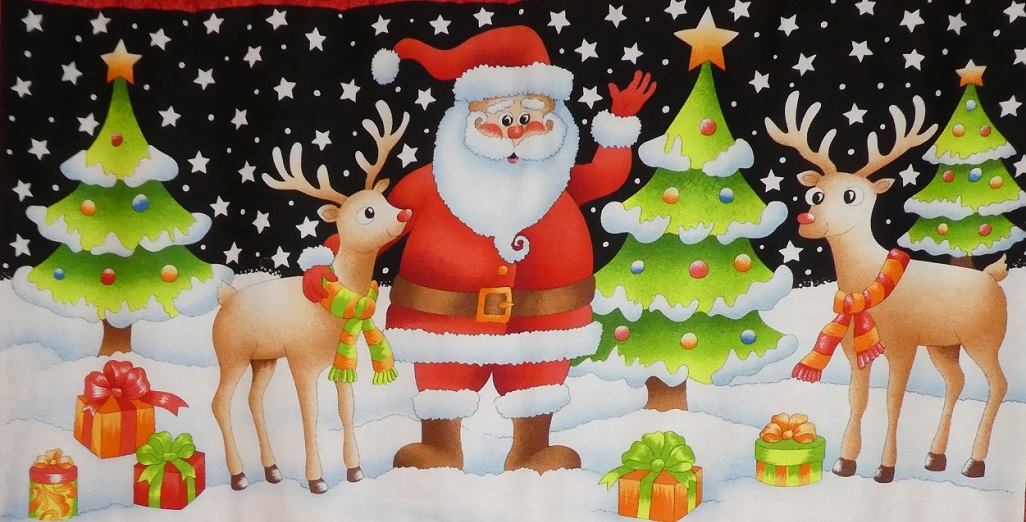
Merry Christmas and Happy New Year 2024































